Like all of his films, Zack Snyder’s digital-embracing two-part space opera on Netflix, Rebel Moon – Part One: A Child of Fire and Rebel Moon – Part Two: The Scargiver, is only as good as the strong aesthetics of the film allow it to be. If you love the way Snyder thinks as a creator of images, Rebel Moon won’t disappoint; if you can’t stand the images of Zack Snyder’s Justice League or 300, you’re not likely to find a new personal response with his two newest films. He is a visual stylist and these are arguably his most personal images yet.
And a big part of Snyder as a great director of images is his incredible ability in selecting his fellow creative team. His long-time collaboration with cinematographer Larry Fong — from 2006’s 300 to 2016’s Batman v Superman: Dawn of Justice — might be the most public of these collaborations. He has also enjoyed a fruitful collaboration with editor William Harry Hoy. But his latest creative partnership is with VFX Supervisor Marcus Taormina, who has supervised his three Netflix films — which feature arguably the the most quasi-experimental and bold visuals of his filmography, a burden that the visual effects department bears much of the brunt for.
Taormina’s been in the industry since the late 2000s and has worked his way up from a visual effects data wrangler on 2009’s Dragonball Evolution all the way to the VFX supervisor on one of Hollywood’s most original image-makers’ magnum-opus. The effects in the Rebel Moon films are sometimes daringly simple; at other times, they flash with violence. In our interview, Taormina discusses adapting to Snyder’s experimental custom lenses, dives into the technical aspects of how they created the interactions between the wheat and the spacecraft engines, and more.
Enjoy this glimpse into the creation of Rebel Moon.
The following interview has been condensed and edited for clarity.
BOSTON HASSLE: What is a visual effects supervisor and how did you get into the line of work?
MARCUS TAORMINA: I have a computer science background. I went to school originally for computer science, [though] I didn’t want to sit in code. [It wasn’t] for me. But I was like, “Okay, what do I really enjoy doing?” And making movies and grabbing a film camera or digital camera was something I just loved.
I loved photography, so I transitioned into media studies. From there, I ended up moving to Los Angeles. I found an opportunity to get into film and [when] I got my opportunity to get onto a feature film, it was in post-production and it just happened to be in visual effects.
I looked at what visual effects were and I knew some of [it already.] [Between teaching myself and classes], I knew green screen, how to pull a key, how to do compositing, animation. I explored all of that. I really enjoyed it… Of course, I also have a computer background– manipulating a computer to get what you want. And so, that’s where I got into this.
My job as a supervisor, the best way to describe it is I’m the conduit for the director for all the visual effects that they need to execute. I’ll talk to them about the intentions of the project. We’ll just talk about a shot for a second. “Well, how do you want to shoot this?” And then someone might go, “I want to do it all digital,” and I’ll say, “Great! But what about, what if we did some of it practical or this or that?” It’s just about talking about the way that we’re going to film things [and] educating them on maybe what won’t look good, what will look good. In post-production, I’m taking those pieces that we shot or that we didn’t shoot and either animating them or starting to put the layers of discipline on from visual effects. I liaise basically with the director and then I liaise with all the facilities that do the work.
Continue reading at the Boston Hassle.
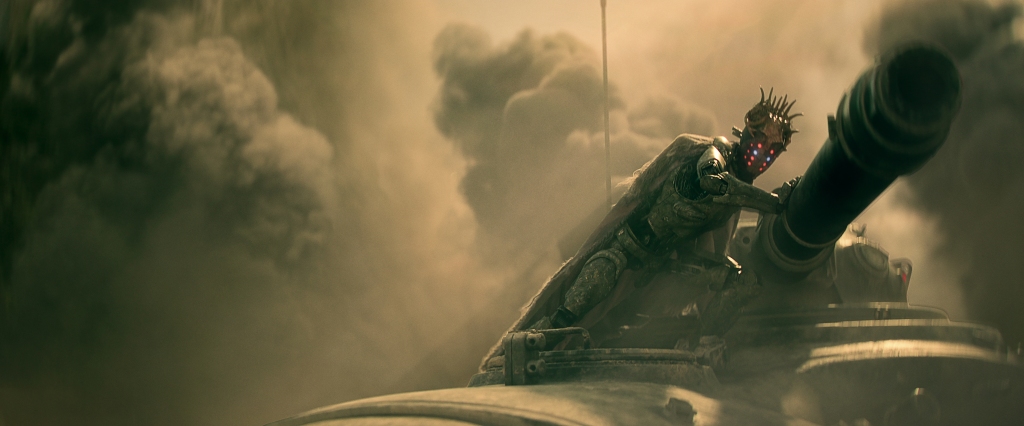
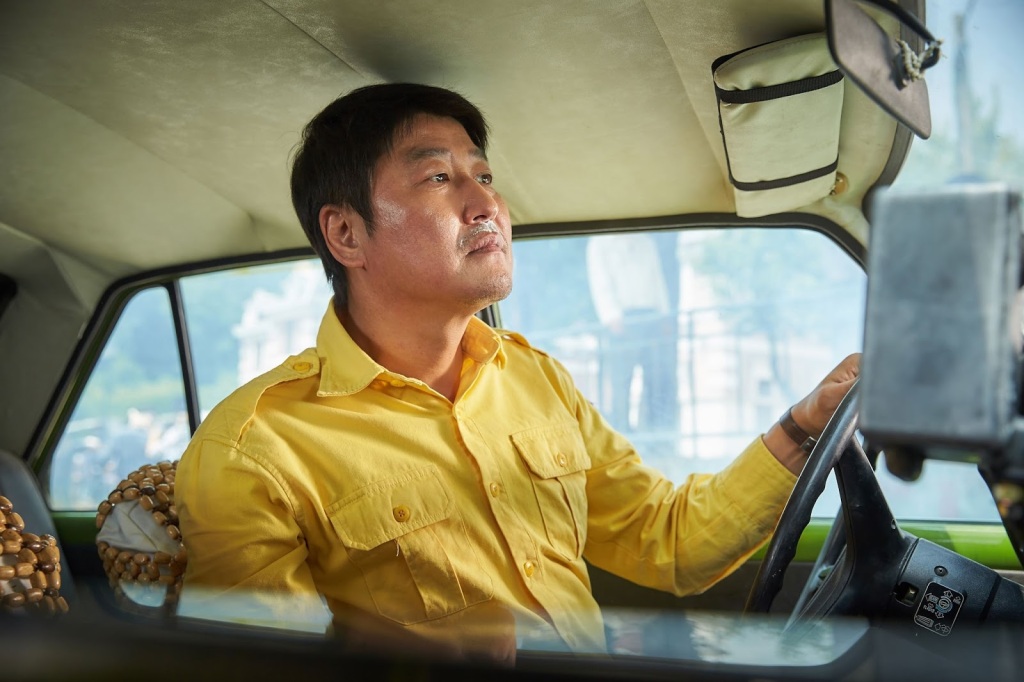
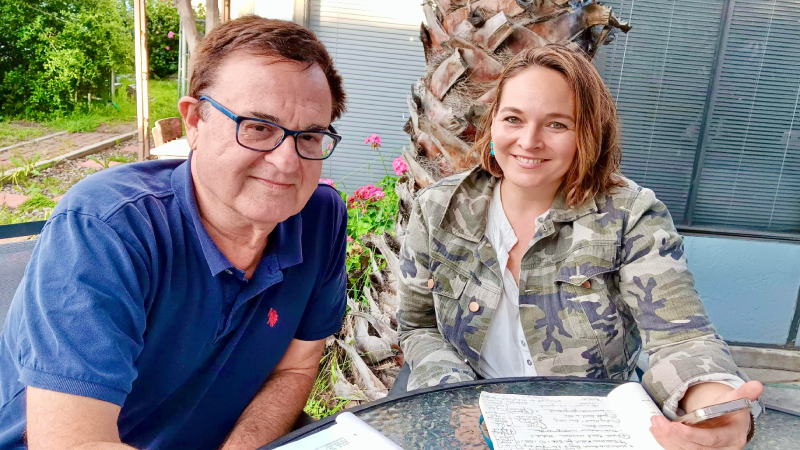
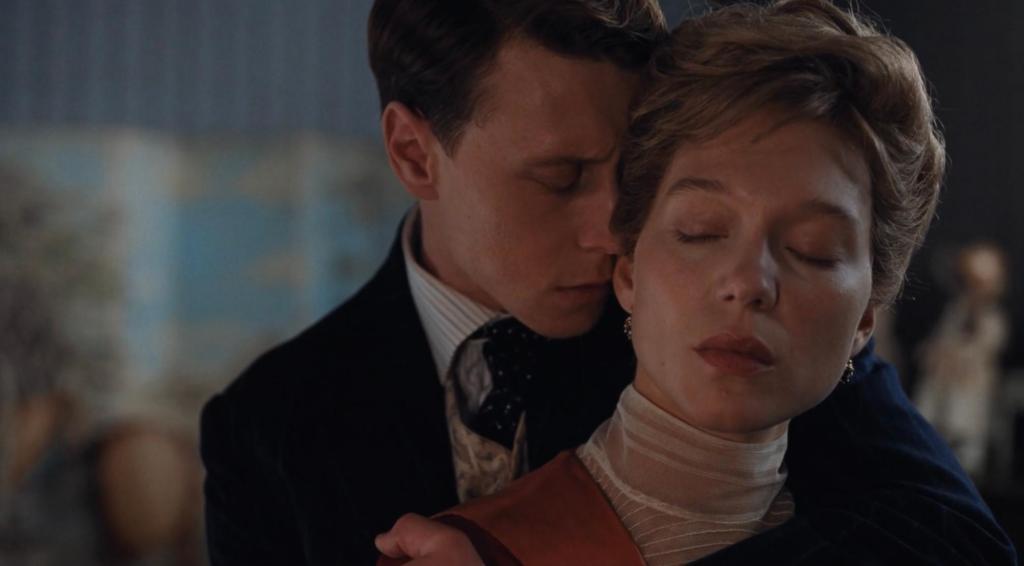
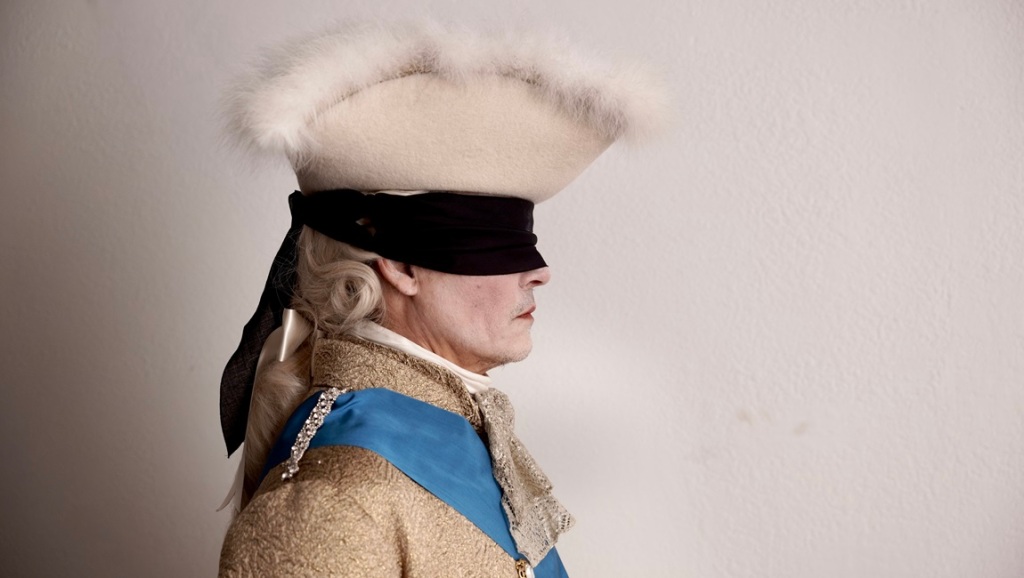
Leave a comment